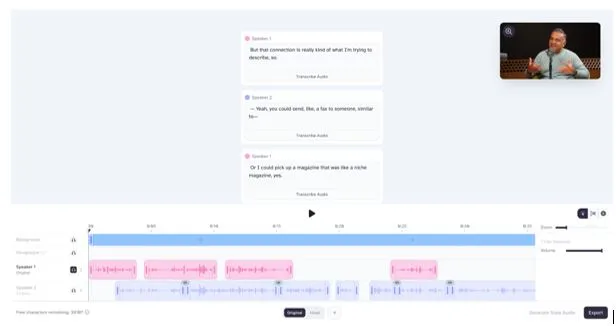How Deep Learning Helps Brands Market To Customers Better
Brands today seek more innovative ways to connect with customers. Deep learning has become one of the most valuable tools for marketers who aim to predict preferences and shape campaigns that feel more personal. It helps businesses see patterns within massive amounts of data, allowing them to act on facts rather than guesswork.
Every online click, search, and purchase leaves a clue. Marketing with deep learning turns those clues into insights that drive real engagement. This technology transforms how brands interact with audiences, creating experiences that feel more intuitive and relevant.
1. Predicts Customer Behavior with Accuracy
Deep learning models study past actions and anticipate future behavior. When customers browse products, interact with content, or abandon carts, these systems track every detail. The data helps predict what a person might want next, allowing brands to deliver offers that match individual interests. For instance, an online store can recommend products a shopper is likely to purchase based on previous activity. This creates a seamless journey that feels tailored instead of random. The ability to anticipate what customers want leads to better engagement and higher satisfaction.
2. Improves Personalization Across Channels
Brands use deep learning to personalize every interaction across platforms. It analyzes how people react to images, messages, and offers, then adapts content to match each user’s taste. This method turns generic advertising into a personal conversation. For example, a streaming platform may suggest shows that align with a viewer’s exact preferences. The same method helps e-commerce sites adjust product suggestions in real time. As personalization grows more precise, customers feel more valued and connected to the brand.
3. Strengthens Customer Segmentation
Traditional marketing divides customers based on simple data like age or location. Deep learning, however, refines segmentation to include behavior, emotions, and lifestyle choices. It studies complex data patterns to place individuals into groups that share subtle traits. This helps brands design campaigns that match each segment’s personality instead of using one-size-fits-all messages. Retailers can identify high-value buyers, loyal fans, and casual shoppers with far greater clarity. The result is efficient targeting that reduces wasted effort and increases return on marketing investment.
4. Enhances Visual and Voice Recognition
Deep learning powers image and speech recognition tools that change how customers interact with brands. For example, shoppers upload a picture of a product and find similar items instantly. Voice assistants process natural speech and guide users toward what they need. For marketers, such tools open new ways to gather insights from visual and audio data. The technology helps identify trends hidden in images, videos, and spoken words, giving brands a more profound sense of customer intent.
5. Refines Ad Targeting and Campaign Performance
Deep learning models analyze campaign results to show which ads perform best across platforms. They review user reactions, engagement levels, and conversion rates in real time. This feedback loop allows brands to adjust their strategies while campaigns run. Ads reach the right people at the right time, which reduces costs and improves impact. It also helps marketers decide where to allocate budgets for the most significant effect. Continuous data analysis ensures that marketing stays efficient and responsive to audience behavior.
Deep learning has changed the way brands think about marketing. It brings accuracy to predictions, personalization to interactions, and intelligence to campaign design. With every new data point, the system grows smarter, helping companies’ marketing with deep learning serve customers more meaningfully. The result is marketing that feels less like a sales effort and more like a helpful exchange.





